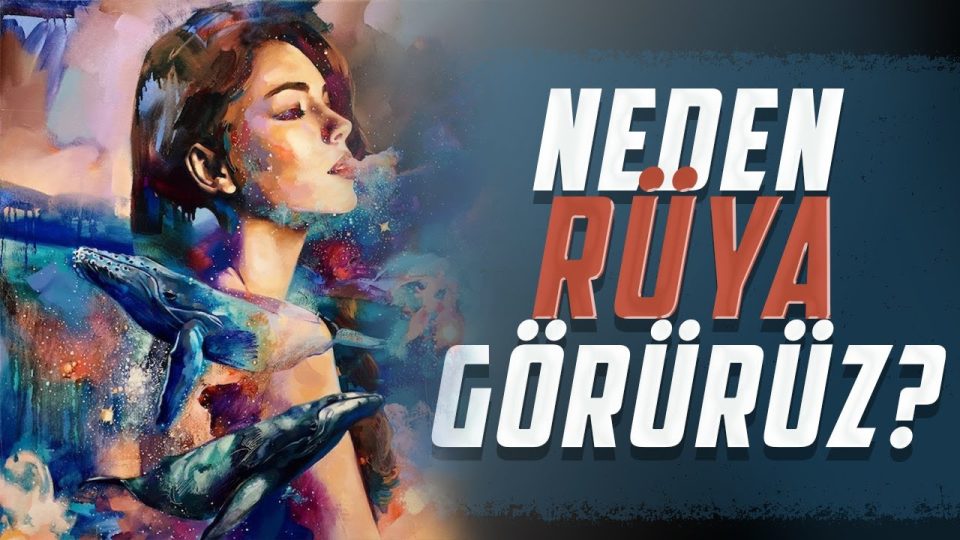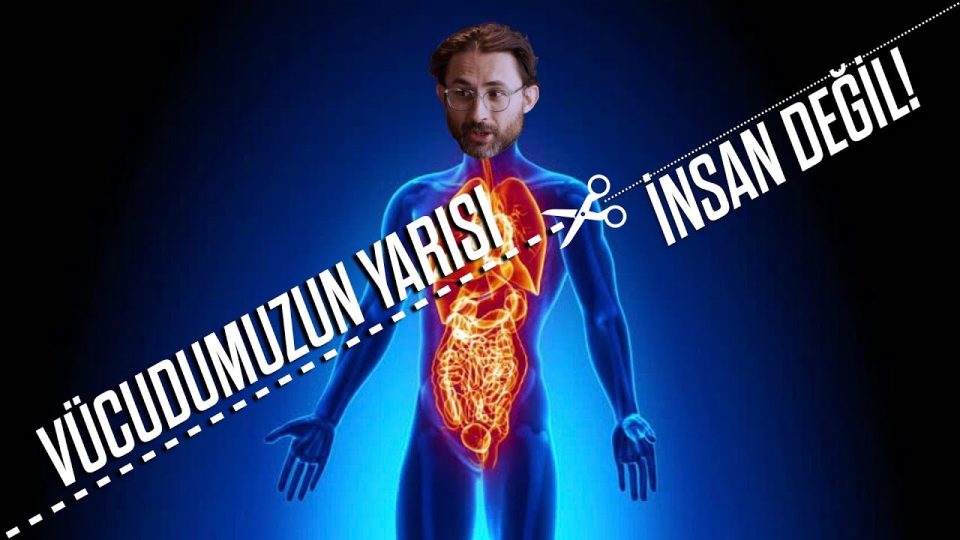Introduction
In today’s digital world, optimizing your website for search engines is a crucial aspect of your online presence. One of the key elements of Search Engine Optimization (SEO) is the use of Alt Attributes. Alt Attributes provide a way to describe images to search engines, enabling them to be properly indexed and ranked in search results. In this article, we will discuss how to use Alt Attributes to boost your website’s visibility and provide you with the ultimate guide to SEO optimization.
Understanding Alt Attributes
Alt Attributes, also known as alt tags or alt text, are HTML attributes used to describe the content of an image. The alt text appears in place of the image if it cannot be displayed for any reason, such as if the user has disabled images in their browser or if there is a slow internet connection. Alt Attributes are also used by search engines to understand the content of an image, as they cannot “see” images like humans do.
Alt Attributes are important for accessibility as well. People who use screen readers or other assistive technologies rely on alt text to understand the content of images on a webpage. Additionally, alt text can help to improve the overall user experience of a website by providing descriptive text for visually impaired users.
Using Alt Attributes for SEO Optimization
Now that we understand what Alt Attributes are, let’s explore how to use them for SEO optimization. Here are some key tips for optimizing your Alt Attributes:
1 – Be descriptive: When creating Alt Attributes, it’s important to be as descriptive as possible. Use clear and concise language to describe the content of the image. Avoid using generic phrases like “image1” or “picture2” and instead, use descriptive phrases that accurately describe the content of the image.
2 – Keep it short: Alt Attributes should be kept short and to the point. The recommended length is 125 characters or less. This is because longer alt text can be considered spammy by search engines and may negatively impact your search rankings.
3 – Use keywords: Include relevant keywords in your Alt Attributes. This will help search engines understand the content of your images and rank them accordingly in search results. However, avoid keyword stuffing as this can also be considered spammy.
Be consistent: Use consistent Alt Attributes throughout your website. This helps search engines understand the content of your website and ensures that your images are properly indexed.
Use Alt Attributes for all images: Make sure to use Alt Attributes for all images on your website. This includes product images, logos, and other graphics. This will help to improve the overall accessibility of your website and ensure that all users can understand the content of your images.
Conclusion
Alt Attributes are a critical component of SEO optimization. They provide a way to describe images to search engines, which helps to improve the visibility of your website in search results. Additionally, Alt Attributes are important for accessibility and can improve the overall user experience of your website. By following the tips outlined in this article, you can ensure that your Alt Attributes are properly optimized and help to boost the visibility of your website in search results.
Supplementary information on the subject:
Alt Attribute: An Essential Element of On-Page SEO
In the world of search engine optimization (SEO), the Alt attribute is a vital component that is often overlooked. This attribute plays a significant role in the on-page SEO of a website, especially when it comes to optimizing images. Understanding the Alt attribute and its importance is crucial to ensure that your website is optimized for both users and search engines. In this article, we will discuss everything you need to know about the Alt attribute, from what it is, how it works, and how to optimize it for SEO.
What is the Alt Attribute?
The Alt attribute, short for “alternative text,” is an HTML attribute used to describe the content of an image. It is used to provide an alternative text description of an image to web browsers that do not support images or to users who are visually impaired and use screen readers. The Alt attribute is also used by search engines to understand the content of an image and to rank it appropriately in search results.
Why is the Alt Attribute Important for SEO?
The Alt attribute is an essential element of on-page SEO for several reasons:
1 – Accessibility: The Alt attribute provides an alternative text description of an image that is read by screen readers, making your website accessible to visually impaired users. This is not only good for the user experience, but it also helps you avoid potential legal issues related to web accessibility.
2 – Search Engine Optimization: Search engines use the Alt attribute to understand the content of an image and to rank it appropriately in search results. Properly optimized Alt attributes can help improve your website’s visibility and ranking in search results.
3 – User Experience: Alt attributes can help improve the user experience by providing context and additional information about an image. This is especially important for users who may have a slow internet connection and cannot view the image or for users who have disabled images in their web browser.
How to Optimize the Alt Attribute for SEO?
Optimizing the Alt attribute for SEO is relatively straightforward. Here are some tips to help you optimize your Alt attributes for better search engine visibility:
1 – Be Descriptive: Your Alt attribute should accurately describe the content of the image. It should be concise, descriptive, and provide context about the image.
2 – Use Keywords: Incorporate relevant keywords in your Alt attribute, but avoid keyword stuffing. Make sure that your Alt attribute reads naturally and does not look like spam.
3 – Avoid Duplicates: Avoid using the same Alt attribute for multiple images on the same page. Each Alt attribute should be unique and specific to the content of the image.
4 – Keep it Short: The Alt attribute should be no longer than 125 characters. This is not only a best practice for SEO but also helps ensure that the Alt text is displayed correctly on all devices.
5 – Don’t Overdo It: While Alt attributes are important for SEO, they should not be overused. Only use Alt attributes for images that require a description or that provide additional context for users.
Conclusion
In summary, the Alt attribute is an essential element of on-page SEO that is often overlooked. Understanding the importance of Alt attributes and how to optimize them can help improve your website’s visibility, ranking, and user experience. By following the tips outlined in this article, you can ensure that your Alt attributes are optimized for both search engines and users, making your website more accessible and search engine-friendly.
Here are some important books on SEO and web design that provide valuable information about Alt Attributes and SEO optimization:
1 – “SEO for Dummies” by Peter Kent: This book provides a comprehensive guide to SEO optimization, including the use of Alt Attributes to improve website visibility.
2 – “Web Design with HTML, CSS, JavaScript and jQuery Set” by Jon Duckett: This book covers the fundamentals of web design, including the use of Alt Attributes for accessibility and SEO optimization.
3 – “Search Engine Optimization All-in-One For Dummies” by Bruce Clay: This book provides a complete guide to SEO optimization, including the use of Alt Attributes for image optimization and accessibility.
4 – “The Art of SEO: Mastering Search Engine Optimization” by Eric Enge, Stephan Spencer, and Jessie Stricchiola: This book is a comprehensive guide to SEO optimization, covering everything from keyword research to Alt Attributes and other on-page optimization techniques.
5 – “Don’t Make Me Think, Revisited: A Common Sense Approach to Web Usability” by Steve Krug: This book provides insights into web usability and user experience, including the importance of Alt Attributes for accessibility and SEO optimization.
6 – “HTML and CSS: Design and Build Websites” by Jon Duckett: This book provides a comprehensive guide to web design using HTML and CSS, including best practices for Alt Attributes and other on-page optimization techniques.
7 – “Search Engine Optimization: An Hour a Day” by Jennifer Grappone and Gradiva Couzin: This book provides a practical, step-by-step guide to SEO optimization, including the use of Alt Attributes for image optimization and accessibility.
These books are a valuable resource for anyone looking to improve their website’s SEO optimization and make their website more accessible to users with disabilities.












